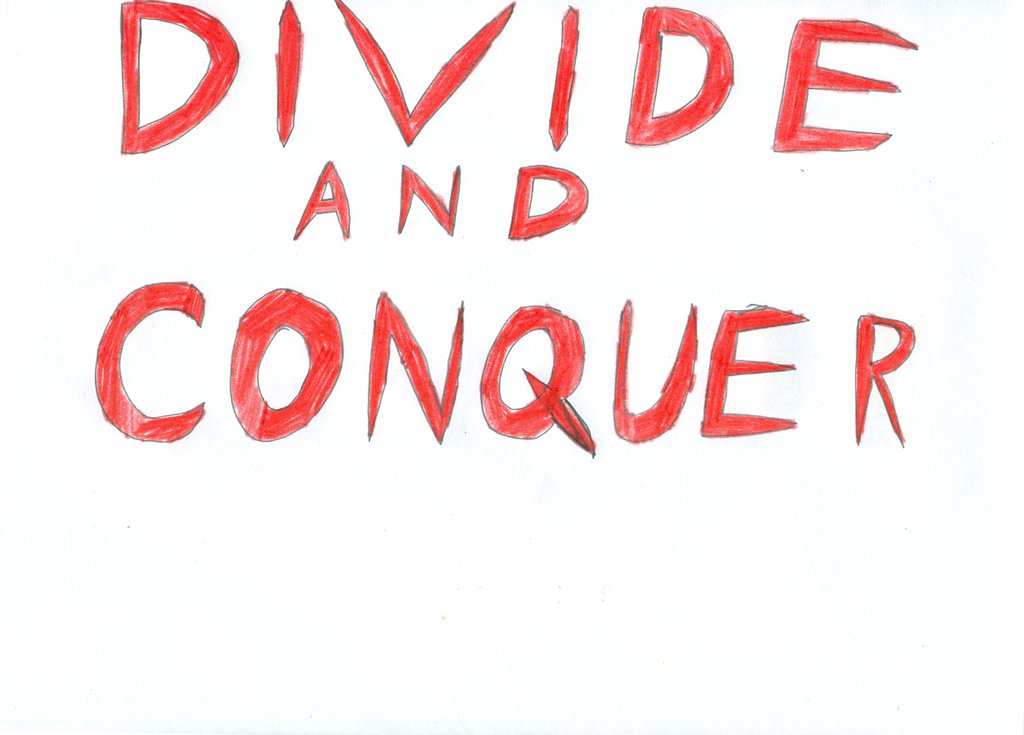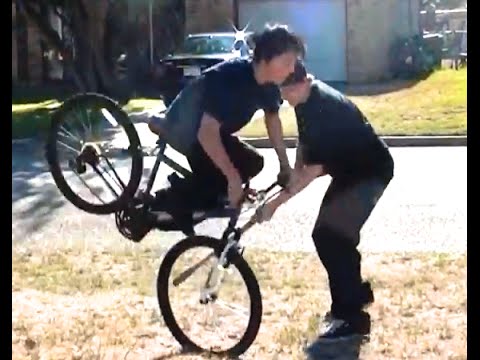I just wanted to make a few observations on Villanova’s incredible run through the tournament. You have to admire the recent run of the Wildcats, especially the last 3 years. To hear a lot of commentators speak it’s the introduction of “positionless basketball” to the college game. 4 out 1 in and even 5 out spacing!! Who’d have thought?
Well, it turns out a lot of people would’ve thought. Not sure Pete Carril was the first to pull his big away from the rim opening up the paint, but we’ve seen this before. The realization that having a big clog the block for .7 PPP when he does catch it is no way to win ball games. If you’ve got one that can average over 1 PPP that the opposing coach will continue to allow to catch and work 1-1, more power to you! If they can pass vs traps and stunting, that’s even better!
Before we all go out and put in Jay Wright’s offense the first available opportunity, we can look at some more general elements of their approach that can work in a variety of schemes. (Nothing wrong with putting in Nova’s 4 out-1 in, of course, I’ve still go the original VHS from his Hofstra days!)
- The money’s in the mismatch. Not posting your 5 doesn’t mean not playing in the post. How many times did Brunson back his 6’0 defender down and make a driveway post up move? More than their 5 caught it back to the basket I’d guess. Same concept with Spellman draining 3’s over Azabuke. (He only shot 2 in the title game. Didn’t need to.)
- The discipline of freedom: Nova’s guys play with incredible confidence. We’ve all seen guys with an abundance of confidence, however, that have no business taking the type of shots or volume of shots that they do. Nova’s guys play like guys who have practice those shots and frequently make them. They take them within the flow and rarely took a bad shot twice in a row.
- The ball goes where it should when it should: Open man gets the ball. One more. Whatever you want to call it, having 4 legitimate threats off the ball at all times is the hardest thing to guard in basketball. They pass it just before it becomes obvious to the defense who is coming open. Bad teams either don’t pass it or they pass just after the average fan sees it. It’s too late then. This is usually followed by an insincere and oft-repeated “my bad.”
- Unselfishness + Skill + Execution=Winning. It always looked like Villanova’s team went in to games looking for what would work, not hunting stats. Leading scorer could be any of them. Let the game come to you. Let your opponent’s mistakes open opportunities rather than slamming your head against their strengths.
- Defense not attached to offense: When you have a team worried about shot volume, points, who did and didn’t get the ball, defense suffers. You can’t lock any one up, box out, rotate for charges, communicate when you are processing the crushing emotions of someone else besides you shooting on the other end…Nova came to guard regardless of who was shooting or how they shot individually. They ended up 11th in the country on KenPom defensively. Scoring is a whole lot easier when you don’t have to inbound all night.
Those are just a few of the things I saw and enjoyed from this year’s champions. Loved watching Michigan share it as well and would’ve been happy with either one lifting the trophy Monday night. There’s been a lot written about Villanova’s approach these past couple weeks and it’s great stuff. Remember that our X’s and O’s cant do what they do if they won’t do what they do. The will and the won’t comes before the can and the can’t no matter what we run.









